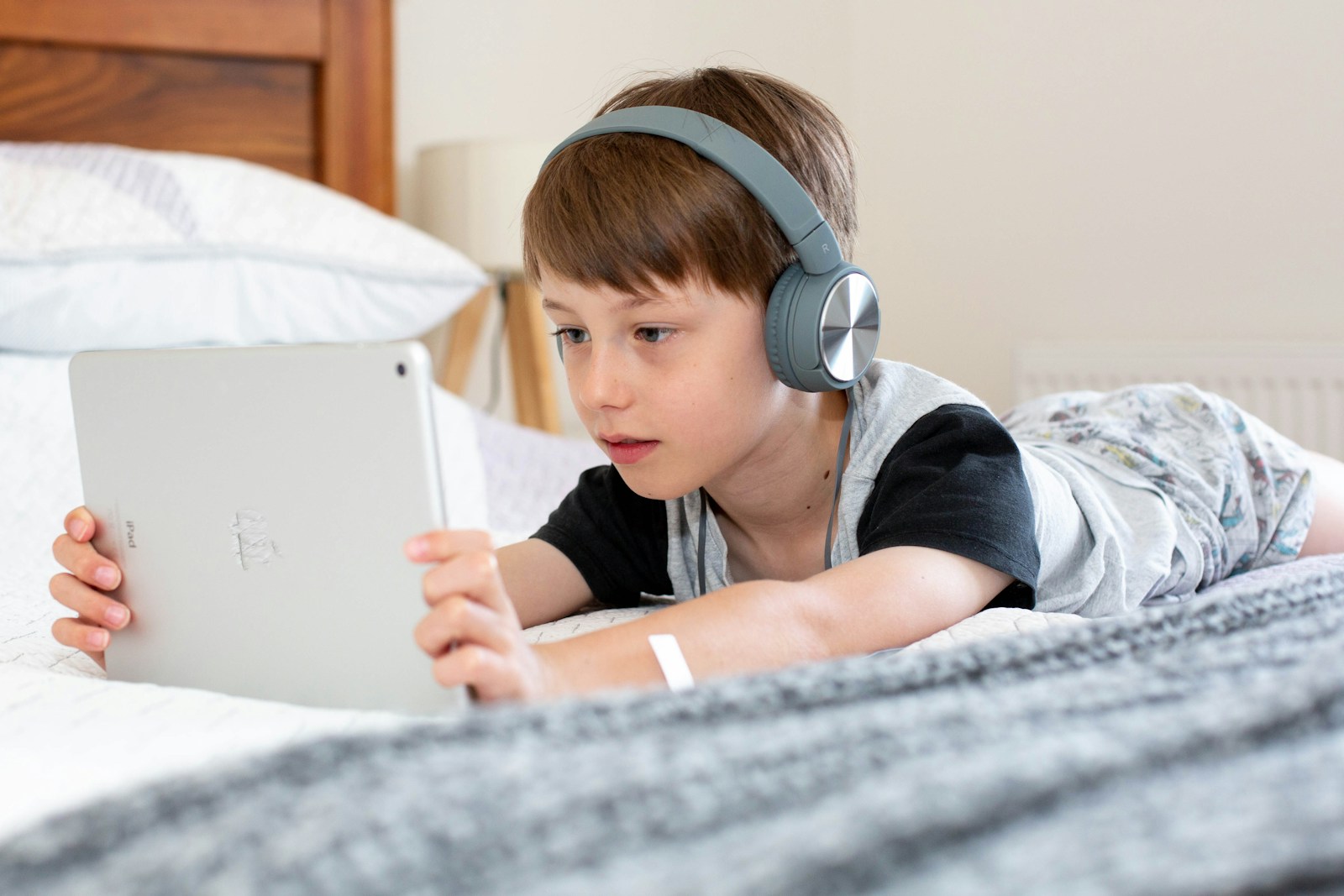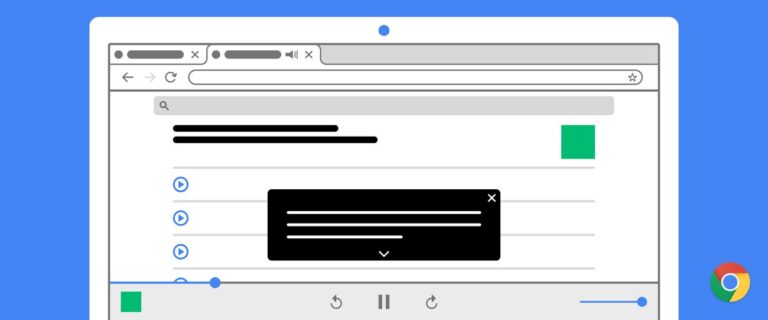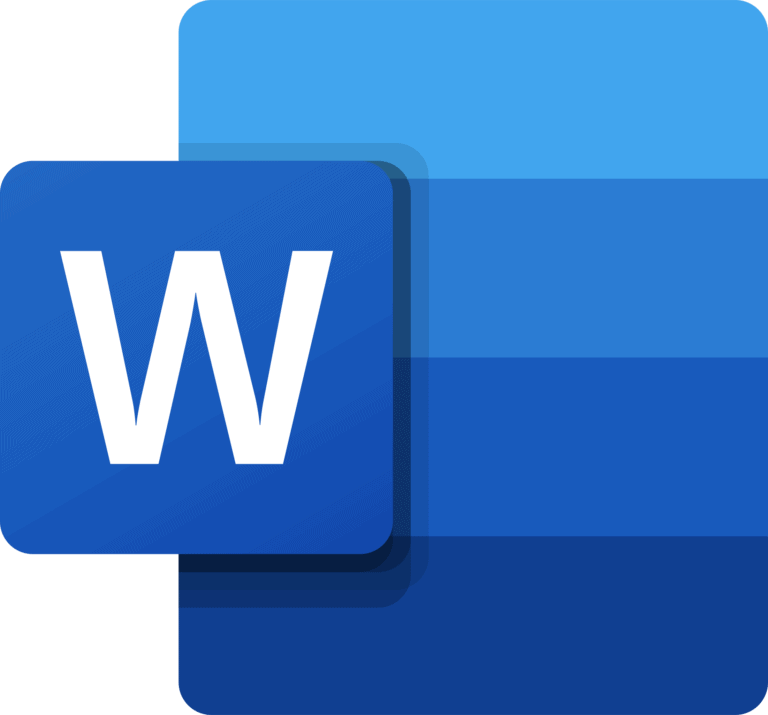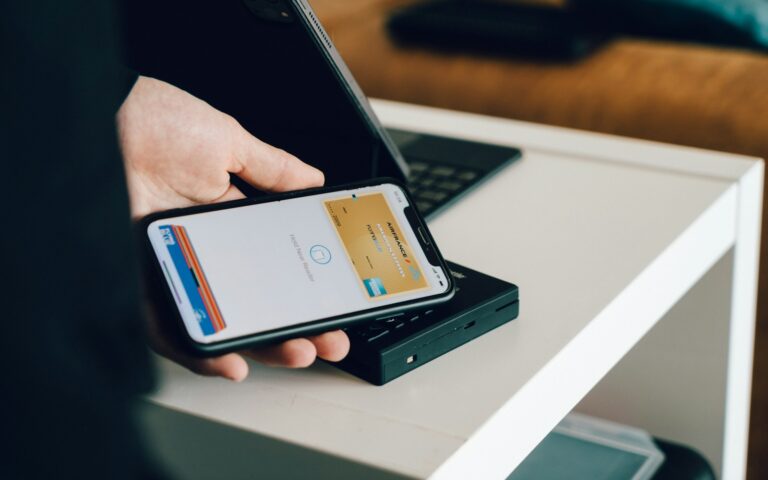
In today’s digital world, managing screen time has become a significant challenge for many people. Endless notifications, social media feeds, and addictive apps compete for our attention throughout the day. Finding ways to balance technology use with other important aspects of life is essential for maintaining mental health and productivity.
The right screen time management app can help you take control of your digital habits and create healthier boundaries with your devices. These tools offer features like usage tracking, app blocking, and focus modes that make it easier to be intentional about when and how you use your phone or computer. Whether you’re concerned about your own screen time or trying to help your children develop healthy technology habits, there are several excellent options available to suit different needs.
1: One Sec
One Sec is a unique screen time management app that helps you break free from mindless scrolling habits. Unlike other apps that just track time, One Sec introduces a moment of pause before you open distracting apps.
When you try to open social media or other apps you want to use less, One Sec makes you take a deep breath first. This simple pause gives you a chance to decide if you really need to check that app right now.
The app works through Shortcut Automations on your device. You can set it up to intercept the apps that waste your time the most.
One Sec can also connect with your Health app to block certain apps right after waking up. This helps you start your day with intention rather than immediately diving into social media.
You can create scheduled blocks for specific hours of the day when you need to focus. This feature is perfect for work hours or family time when you want to stay present.
CNET testing found One Sec to be the best overall app for managing screen time. They noted it creates the right balance between being intentional and not overly restrictive.
The app’s effectiveness comes from addressing the psychological aspects of phone addiction. Rather than just blocking access, it helps you build awareness of your usage patterns.
One Sec is available on the App Store where users praise its simple but powerful approach to fighting social media algorithms and regaining control.
2: ScreenZen
ScreenZen stands out as a versatile screen time app for both Android and iPhone users. What makes it particularly appealing is that it’s completely free to use, unlike many competitors that charge subscription fees.
The app helps you take control of your digital habits through several effective approaches. It encourages you to pause before opening apps that might distract you, giving you a moment to reconsider whether you really need to check social media right now.
ScreenZen also lets you track your usage patterns so you can see exactly where your time goes each day. This awareness is often the first step toward making positive changes in your digital habits.
You can set customized limits for different apps based on your personal goals. This flexibility makes it easier to stick with your screen time reduction plans without feeling too restricted.
Many users find ScreenZen especially helpful for managing short-form media consumption, which can be particularly addictive. The app provides tools specifically designed to break the cycle of endless scrolling.
The setup process is straightforward and user-friendly. You won’t need technical expertise to get started with reducing your screen time.
For those who need stronger intervention, ScreenZen offers website and app blocking features to help you focus during important work or study sessions. You can customize these blocks to fit your schedule.
3: Opal
Opal is a popular screen time management app designed to help you reduce distractions and boost productivity. It works on both iPhone and Mac devices, making it convenient for Apple users to track their digital habits across multiple devices.
Unlike built-in screen time settings, Opal offers more robust features to help you stay focused. Many users find that Opal works better than regular screen time restrictions since those are often too easy to bypass when temptation strikes.
The app helps you monitor how much time you spend on your devices. The average person spends 5 to 6 hours looking at screens daily, and Opal aims to help you make that time more intentional.
You can use Opal to set limits on specific apps and websites that tend to distract you. This feature allows you to customize your experience based on your personal productivity needs.
Opal does come with a premium subscription option that costs around $100 per year. While this might seem expensive, many users find the investment worthwhile for the productivity benefits they gain.
The app promotes itself as the #1 screen time app, offering a fun and free basic version to help improve your focus. You can start with the free version to see if it meets your needs before committing to the premium features.
4: Qustodio
Qustodio stands out as a comprehensive parental control solution trusted by over 7 million parents worldwide. This powerful app helps you keep your children’s screen time both safe and balanced across all their devices.
For Android users with teens 13 and older, Qustodio is particularly well-suited. The app offers more than 20 advanced features that give you complete oversight of your child’s digital activities.
You can easily set daily screen time limits to ensure your kids maintain a healthy balance between online and offline activities. The intuitive interface makes managing these limits straightforward, even if you’re not tech-savvy.
App monitoring is another key feature, allowing you to see which applications your children are using. This includes social media monitoring, giving you insights into how your kids interact online.
Qustodio has received recognition for its excellence, including PC Mag’s Editor’s Choice award. This recognition speaks to the quality and reliability of the service you’ll receive.
You can start with a free trial to test the features before committing. This gives you the opportunity to see if Qustodio meets your family’s specific needs for digital wellbeing.
The app works across different platforms, ensuring consistent protection whether your child uses a smartphone, tablet, or computer. This cross-device functionality provides seamless monitoring of all their digital activities.
5: Google Family Link
Google Family Link is a powerful tool for parents who want to manage their children’s screen time. This free app works on both Android devices and Chromebooks, making it a versatile option for many families.
With Family Link, you can set daily screen time limits for your child’s device. This helps you establish healthy digital habits without constant reminders or arguments about device usage.
You can also schedule specific “downtime” periods when your child cannot use their device. This feature is perfect for ensuring focused homework time or uninterrupted family dinners.
The app allows you to set time limits for specific applications, giving you precise control over which activities your child can access and for how long.
For school days, Family Link offers special study time settings that restrict access to only educational apps while blocking games and entertainment.
Parents appreciate that Family Link provides detailed activity reports. You can see exactly how your child spends time on their device, helping you have informed conversations about digital habits.
The app is particularly recommended for families with children under 13. As your child grows, you can adjust the restrictions to match their increasing maturity and responsibility.
Installation is straightforward through the App Store or Google Play Store. The interface is user-friendly, allowing you to make changes quickly when needed.
6: Digital Wellbeing
Digital Wellbeing is a powerful built-in tool for Android users looking to manage their screen time effectively. This feature comes pre-installed on most Android devices, eliminating the need to download additional apps.
You can find Digital Wellbeing in your device settings, where it offers a comprehensive dashboard of your digital habits. The app shows exactly how much time you spend on different applications and how often you check your phone.
One of the most helpful features is the ability to set app timers. You can limit how long you use specific apps each day, which is perfect for apps that tend to consume too much of your attention.
Digital Wellbeing also includes Focus Mode, which lets you temporarily pause distracting apps when you need to concentrate. This is particularly useful during work hours or study sessions.
The Wind Down feature helps you prepare for bedtime by automatically activating Do Not Disturb mode and changing your screen to grayscale at scheduled times. This makes your phone less appealing to use before sleep.
You can add a Digital Wellbeing widget to your home screen for quick access to your usage stats. This constant reminder can help you stay mindful of your digital consumption.
Unlike some third-party options, Digital Wellbeing integrates seamlessly with your Android operating system. This native integration means it works more reliably and uses fewer resources than separate apps.
7: Apple Screen Time
Apple Screen Time is a built-in feature on iOS devices that helps you manage your digital habits. You don’t need to download anything extra since it comes pre-installed on your iPhone and iPad.
With Apple Screen Time, you can set daily limits for app categories like social media or games. This feature helps you stay mindful of how much time you’re spending on different activities.
The detailed reports show exactly where your time goes each day. You can see which apps you use most and when you’re most active on your device.
Parents find Apple Screen Time particularly useful for managing their children’s device usage. You can set content restrictions and approve app downloads remotely.
Downtime is another helpful feature that lets you schedule periods when only approved apps are available. This is perfect for ensuring quality sleep or focused work sessions.
Communication limits allow you to control who can contact you during specific times. This helps create healthy boundaries between your digital and real life.
One major advantage of Apple Screen Time is its deep integration with iOS. Unlike third-party apps, it can’t be easily bypassed or uninstalled.
Apple’s Screen Time is considered the best option for iOS households according to experts. It provides comprehensive controls without requiring additional subscriptions.
The interface is straightforward and easy to navigate. You can quickly check your usage patterns and adjust limits as needed through the Settings app.
8: StayFree
StayFree is a powerful tool that helps you take control of your digital habits. This app tracks how much time you spend on your phone and specific applications, giving you clear insights into your usage patterns.
With StayFree, you can block distracting apps and websites when you need to focus. The app allows you to set thoughtful limits on your usage and schedule phone-free time throughout your day.
One of the most helpful features is its ability to visualize your device usage. These analytics make it easier to understand where your time goes and identify which apps consume most of your attention.
StayFree works across multiple devices, seamlessly integrating all your screens to give you a complete picture of your digital life. This comprehensive approach helps you optimize your screen time more effectively.
Many users report significant benefits from using StayFree. On Reddit, users mention how the app has helped them reduce social media usage. The app receives positive feedback for its user-friendly interface and practical features.
StayFree is available on both Google Play and the App Store, making it accessible regardless of which device you use. The app also offers a browser extension for more comprehensive coverage.
If you’re looking for a screen time management solution that combines tracking, blocking, and analytics in one package, StayFree deserves your consideration.
9: StayOff
StayOff is a powerful tool that combines screen time tracking with app blocking capabilities. The app provides detailed reports of your daily and weekly phone usage habits, making it easier to understand where your time goes.
You can set specific time limits for apps that tend to consume too much of your attention. When you reach these limits, StayOff will block access to these applications, helping you maintain better digital boundaries.
The StayOff app offers a clean interface that displays your screen time front and center. This visual reminder can be motivating when you’re trying to reduce your overall device usage.
One of the standout features is its flexible scheduling system. You can customize when certain apps are blocked, allowing you to focus during work hours while having more freedom during your personal time.
StayOff works well for both individual users and families looking to manage digital habits. The free version provides basic tracking functionality, while premium features unlock more detailed analytics and blocking options.
Many users appreciate the app’s non-intrusive notifications that gently remind you of your screen time goals without becoming annoying. This balanced approach helps you stay accountable without creating additional stress.
You can download StayOff from the Google Play Store or Bazaar for Android devices. The straightforward setup process gets you tracking your screen time within minutes.
10: Kidslox
Kidslox stands out as a comprehensive parental control app that works for both iPhone and Android devices. You can easily manage your children’s screen time with its user-friendly interface.
The app offers a powerful Daily Limits feature that simplifies setting screen time for your kids. You just choose how much time they can have each day, and when it runs out, their access is restricted according to your settings.
Beyond basic time management, Kidslox provides robust tools for blocking inappropriate apps and websites. You can customize restrictions based on your family’s unique needs and values.
The screen time tracker helps you understand your child’s phone habits. This insight allows you to make informed decisions about digital boundaries and have meaningful conversations about technology use.
Kidslox also includes location tracking capabilities, giving you peace of mind about your child’s whereabouts. You can check their location in real-time through the app.
A standout benefit is the ability to pause internet access with just one tap. This feature proves especially useful during family meals, homework time, or when you need your child’s full attention.
You’ll appreciate how Kidslox puts powerful control tools in your hands while remaining simple to use. The app strikes a good balance between comprehensive features and accessibility for parents who aren’t tech experts.
Understanding Screen Time Apps
Screen time apps provide tools to monitor and manage digital device usage for better focus and productivity. These applications work by tracking how much time you spend on different apps and websites, then offering ways to limit or control that time.
Purpose and Benefits
Screen time apps help you become more aware of your digital habits. They show exactly how much time you spend on social media, games, and other apps each day. This awareness is the first step toward making positive changes.
These apps can significantly reduce distractions when you need to focus. By blocking certain apps during work hours, you can stay on task more easily.
Many screen time apps can improve your focus and help you make better use of your day. Users often report feeling less anxious and more present in their daily lives after reducing excessive screen time.
Parents find these tools especially valuable for managing their children’s device usage and protecting them from inappropriate content.
Key Features to Look For
When choosing a screen time app, look for these essential features:
- Usage tracking: Detailed reports showing which apps you use most and for how long
- App blockers: Tools to restrict access to distracting apps during specific times
- Scheduled downtimes: Options to set recurring phone-free periods
- Focus modes: Settings that allow only essential apps during work or study
- Gentle interventions: Features like One Sec that encourage intentional usage rather than mindless scrolling
The best screen time apps balance restriction with flexibility. You want an app that helps you build better habits without feeling too restrictive.
Cross-platform compatibility matters if you use multiple devices. Some solutions work across phones, tablets, and computers for comprehensive monitoring.
For families, look for apps with parental controls that allow customized settings for different family members and age groups.
Privacy and Security Considerations
When selecting a screen time app, privacy and data security should be top priorities. Many apps collect sensitive information about your child’s usage habits that could potentially be shared or compromised.
Data Protection Measures
Most quality screen time apps employ strong encryption to protect your family’s data. Qustodio uses bank-level security protocols to safeguard information transmitted between devices. This ensures that your child’s activity logs remain private.
Look for apps that comply with children’s privacy laws like COPPA (Children’s Online Privacy Protection Act). These regulations limit what data companies can collect from minors.
Before downloading, carefully review the privacy policy. Be wary of apps that:
- Collect unnecessary personal information
- Share data with third parties
- Retain information indefinitely
Some screen time management tools like Family Link offer privacy advantages because they’re created by the same companies that make your device’s operating system. This integration often means less data leaves your family’s devices.
Parental Controls and Safety
Effective screen time apps balance monitoring with appropriate privacy boundaries. Norton Family provides detailed activity reports while respecting your child’s need for some privacy as they mature.
You should be able to customize safety settings based on your child’s age. The best apps offer granular controls that evolve as your child grows older.
Key safety features to look for include:
- Content filtering to block inappropriate websites and apps
- Location tracking with geofencing capabilities
- Social media monitoring to protect against cyberbullying
- Screen time limits with flexible scheduling options
Many parents appreciate apps like One Sec that focus on teaching intentional usage rather than strict limitation. This approach helps build healthy digital habits that last into adulthood.
Remember that no app replaces open conversations with your child about online safety.
Frequently Asked Questions
Screen time management apps offer different features depending on your device type and specific needs. Many solutions provide customization options to help both children and adults maintain healthy digital habits.
What are the top-rated screen time management apps for Android devices?
Android users have several excellent options for managing screen time. Google Family Link stands out as one of the best choices, especially for families with children under 13.
The built-in Digital Wellbeing features on Android devices also provide effective tools. You can set app timers and add a helpful widget to your home screen to monitor your usage throughout the day.
Qustodio is another powerful option for Android users, offering comprehensive screen time controls with a user-friendly interface.
Which screen time apps for iPhones are highly recommended?
For iPhone users, Apple’s built-in Screen Time is widely considered the best option for iOS households. It integrates seamlessly with the operating system and offers robust monitoring capabilities.
One Sec is rated as the best overall app for managing screen time on iPhones. It helps you be more intentional about your app usage without being overly restrictive.
ScreenZen and Opal are also popular choices among iPhone users looking to reduce their screen time with intuitive interfaces and helpful features.
What are the best free applications to help reduce screen time for children?
Google Family Link offers a free solution for parents wanting to manage their children’s screen time. It works especially well for kids under 13 and provides comprehensive control options.
Apple’s Screen Time comes built into iOS devices at no additional cost. It allows you to set limits, monitor usage, and restrict certain apps or content.
Digital Wellbeing tools on Android phones are free and help children develop better screen habits through app timers and usage statistics.
Can you suggest effective screen time limiting apps for adults seeking to reduce their device usage?
One Sec is highly effective for adults looking to reduce screen time. It creates a brief pause before opening distracting apps, encouraging more mindful usage patterns.
Opal works well for professionals needing to focus. It blocks distracting apps during designated work periods while allowing important communications to come through.
ScreenZen helps you develop healthier phone habits through gentle reminders and detailed usage analytics that make you more aware of your digital consumption.
Which parental control apps are considered the most effective for regulating a child’s phone access?
Qustodio consistently ranks as one of the best options for comprehensive parental controls. It offers a user-friendly interface with robust monitoring and limiting features.
Norton Family provides excellent screen time management tools with additional security features to protect children online.
Google Family Link gives parents strong oversight capabilities for Android devices, allowing for detailed activity reports and remote device management.
Are there any screen time applications that allow for automatic device shutdown for managing kids’ usage?
Qustodio offers scheduled shutdown features that automatically restrict device access during bedtime or homework hours. Parents can set recurring schedules that work for their family’s routine.
Google Family Link allows you to set device bedtimes that automatically lock children’s devices at specified times. This helps enforce healthy sleep habits without nightly conflicts.
Some parental control apps offer “instant pause” features that let you remotely freeze device access during family meals or important events with a single tap.






